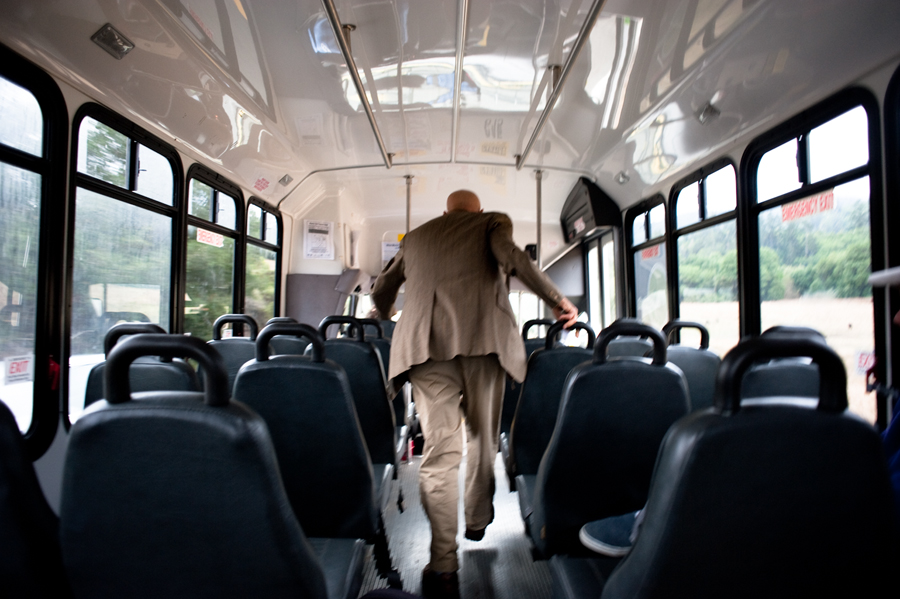Facing low ridership and increasing cuts to federal funding, Marin Transit has announced plans to eliminate the West Marin Stagecoach’s coastal route 62 . . .
Stagecoach eliminates coastal route, adds Valley bus


Facing low ridership and increasing cuts to federal funding, Marin Transit has announced plans to eliminate the West Marin Stagecoach’s coastal route 62 . . .